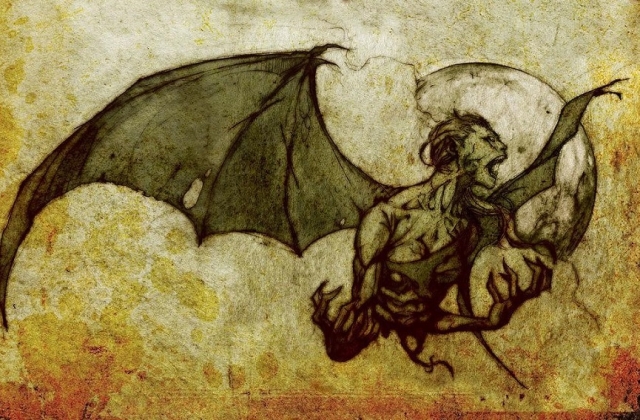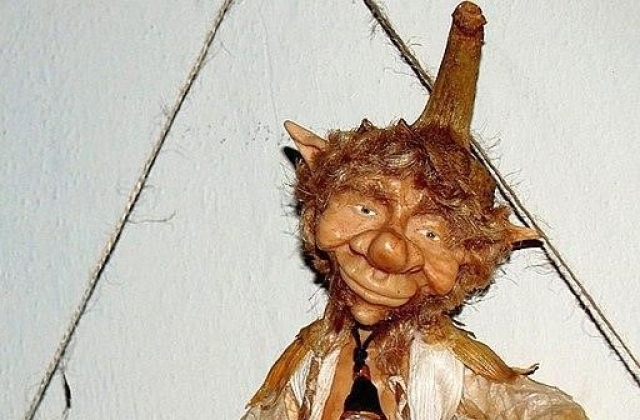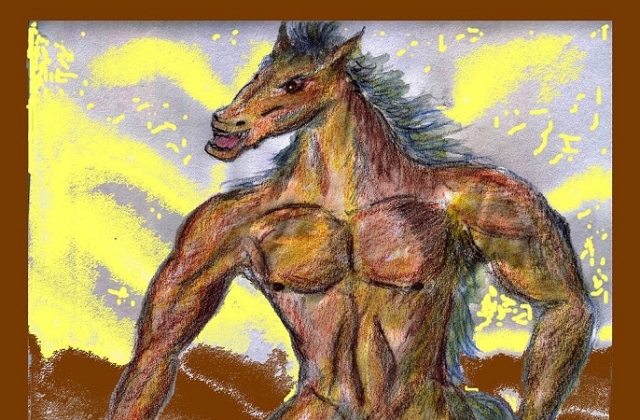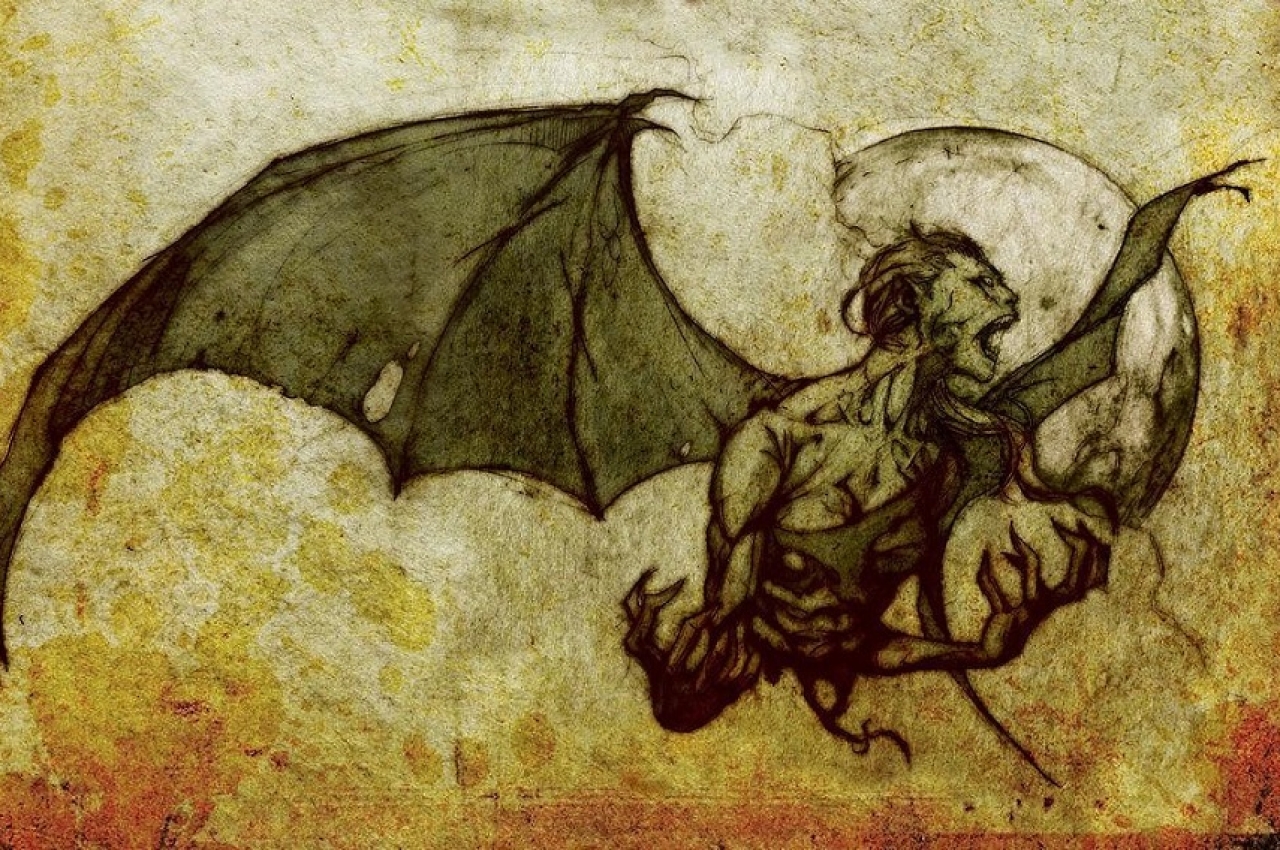Mythology and monsters feature in nearly every culture around the world, and the Philippines is no exception, with stories of fantastical and frightening creatures. As you travel through unspoiled and wild destinations on an adventure tour with Uncharted Philippines, you might just hear tales of these three fearsome creatures of Philippine Legend.
 photo by Gian Bernal (via Wikipedia Commons)
photo by Gian Bernal (via Wikipedia Commons)
The Manananggal
One of the most infamous and frightening creatures from the Visayan region of the Philippines is the manananggal. This female-by-day-turned-flesh-eating-monster-by-night is the stuff nightmares are made of. The manananggal resides in the mountainous regions and thick forests of the Philippines, appearing as an attractive woman to scope out prey and biding her time until the full moon. At that point, she transforms through a ritual into a winged ghoul with claws, fangs, and large eyes. The name manananggal is derived from the Tagalog word tanggal, which means “to remove” or “to separate” because the creature detaches her torso from her lower body and flies off to hunt her prey. The manananggal uses a long proboscis-like tongue to feed on the blood and internal organs of humans and even unborn fetus hearts, which is definitely cringe-worthy!
 photo by René Mayorga (via Wikipedia Commons)
photo by René Mayorga (via Wikipedia Commons)
The Duwende
Far less frightening (but much more mischievous) than the manananggal is the duwende. In Filipino culture, these creatures are described as goblins, elves or dwarves - short of stature and often old or shriveled, with beards and hats of varying colors. The name duwende comes from the Spanish duende for “owner of the house,” but are also sometimes called nuno sa punso (Tagalog for “old man of the mound”). In more modern times, they are said to reside in homes or mounds in forests or places with many trees. Whether they use their powers for good or mischief depends on how they are treated by the humans who dwell near them. The people say Tabi-Tabi Po Nuno which means “Pardon me, little people,” in order to prevent their wrath. Duwende have evolved into a less frightening incarnation over many years, but there are old tales of duwende who would steal children and eat their bowels, which places them firmly on the fearsome list. Watch out, kids!
 photo by Dragonbite (via Wikipedia Commons)
photo by Dragonbite (via Wikipedia Commons)
The Tikbalang
Be careful, traveler - the tikbalang is ready to lead you astray and play tricks on you! Tikbalangs find scaring travelers to be their favorite kind of hijinks. It is rumored that to counteract the effect of the Tikbalang, you must wear your shirt inside out, or directly ask for permission to pass unhindered. Some stories suggest that Tikbalangs act as guardians for invisible elemental kingdoms, and they lead travelers astray to protect the entrances to those kingdoms from humans. Filipino folklore tells us that when it’s sunny and raining at the same time, a Tikbalang is getting married! They are described as having unusually long limbs, a humanoid torso, and a horsehead and hooves. Tikbalangs are definitely a strange, fearsome creature. It’s easy to see how they would rank so high in Filipino lore and mythology.
These three creatures are just a few of dozens of myths, legends, and monsters of Filipino lore. Explore the home of the manananggal, if you dare, while enjoying a Visayas dive safari, or try your luck with the duwende in the forests of the Cordillera in a Banaue and Sagada tour. Discover the magic of the Philippines for yourself.

 photo by Gian Bernal (via Wikipedia Commons)
photo by Gian Bernal (via Wikipedia Commons)